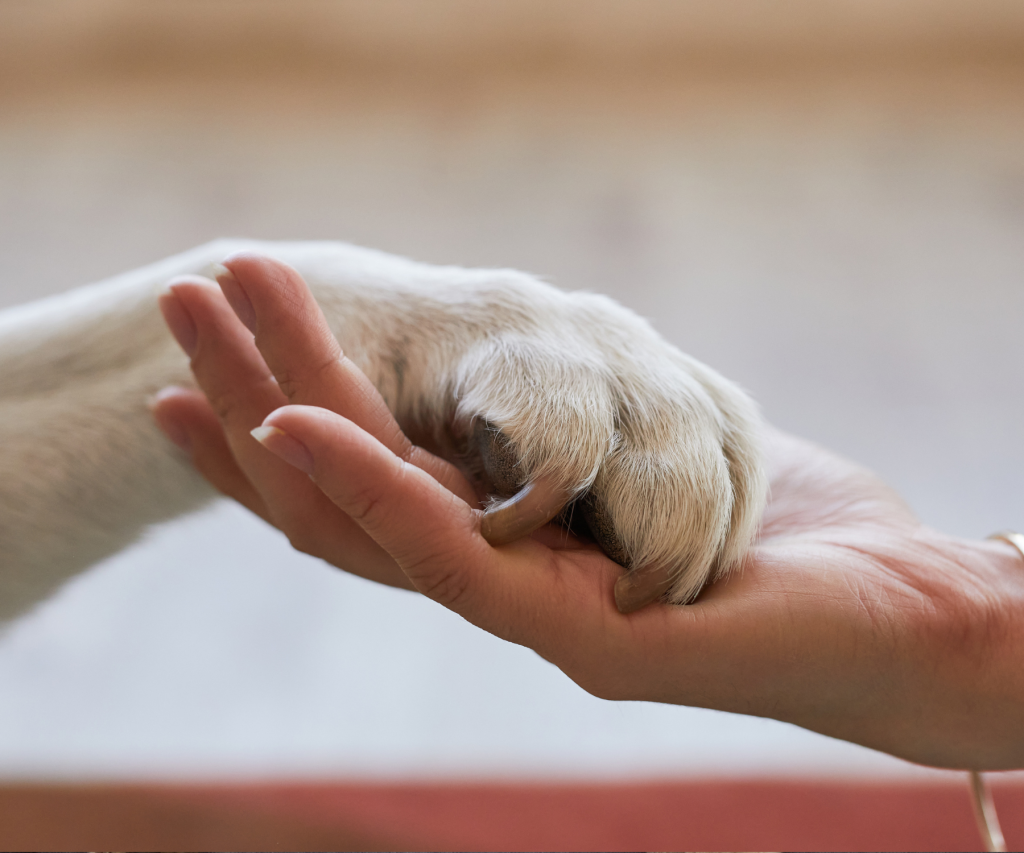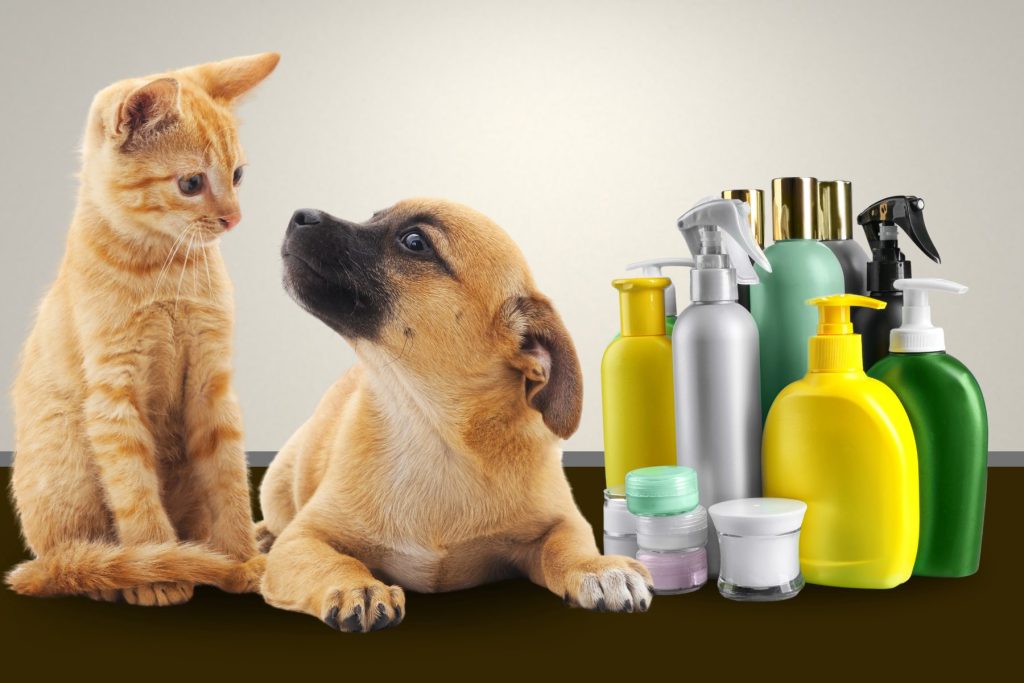Learn About Tick-Borne Diseases In Dogs & Cats

The following are a few of the tick-borne diseases that are found here in South-Central Kentucky: Lyme disease, ehrlichiosis, anaplasmosis, and cytauxzoonosis (bobcat fever).
Understanding Cytauxzoonosis (Bobcat Fever) In Cats

Cytauxzoonosis is a tick-borne parasitic disease more commonly known as bobcat fever. First reported in the USA in 1976, it is now an important emerging disease in domestic cats.
Understanding Anaplasmosis In Dogs

Anaplasmosis is a tick-borne disease caused by the infectious bacterial organism Anaplasma phagocytophilum.
Understanding Ehrlichiosis In Dogs

Ehrlichiosis is a tick-borne infectious disease of dogs, usually carried by the brown dog tick.
Understanding A Senior Or Sick Pet’s Quality Of Life

Each and every pet has certain needs that should be recognized and respected. Quality of life is a way to refer to and discuss the day-to-day life and lifestyle of a pet reaching the end of its life.
Recognizing & Treating UTIs In Dogs

Urinary tract infections (UTIs) are fairly common in dogs.
Do Dogs Recognize Facial Expressions?

Close relationships are founded on good communication. Spoken communication is unique to each species; however, non-verbal communication, such as facial expressions and body language, are often shared.
These Household Items Are Poisonous/Toxic To Dogs

This article contains information on the following canine poisons/toxins: 1) chocolate, 2) grapes, raisins, and currants, 3) arsenic, 4) essential oils and liquid potpourri, 5) aspirin, and 6) acetaminophen.
Diagnosing & Treating Yeast Dermatitis In Dogs

Yeast is normally found on the skin, but its abnormal overgrowth can cause dermatitis, or inflammation of the skin.
Should You Share Personal Care Products With Your Pet?

We care for our pets, we share lots of things with them, but our personal care products should be safeguarded solely for our use.
